Human umbilical cord plasma proteins revitalize hippocampal function in aged mice
- PMID: 28424512
- PMCID: PMC5586222
- DOI: 10.1038/nature22067
Human umbilical cord plasma proteins revitalize hippocampal function in aged mice
Abstract
Ageing drives changes in neuronal and cognitive function, the decline of which is a major feature of many neurological disorders. The hippocampus, a brain region subserving roles of spatial and episodic memory and learning, is sensitive to the detrimental effects of ageing at morphological and molecular levels. With advancing age, synapses in various hippocampal subfields exhibit impaired long-term potentiation, an electrophysiological correlate of learning and memory. At the molecular level, immediate early genes are among the synaptic plasticity genes that are both induced by long-term potentiation and downregulated in the aged brain. In addition to revitalizing other aged tissues, exposure to factors in young blood counteracts age-related changes in these central nervous system parameters, although the identities of specific cognition-promoting factors or whether such activity exists in human plasma remains unknown. We hypothesized that plasma of an early developmental stage, namely umbilical cord plasma, provides a reservoir of such plasticity-promoting proteins. Here we show that human cord plasma treatment revitalizes the hippocampus and improves cognitive function in aged mice. Tissue inhibitor of metalloproteinases 2 (TIMP2), a blood-borne factor enriched in human cord plasma, young mouse plasma, and young mouse hippocampi, appears in the brain after systemic administration and increases synaptic plasticity and hippocampal-dependent cognition in aged mice. Depletion experiments in aged mice revealed TIMP2 to be necessary for the cognitive benefits conferred by cord plasma. We find that systemic pools of TIMP2 are necessary for spatial memory in young mice, while treatment of brain slices with TIMP2 antibody prevents long-term potentiation, arguing for previously unknown roles for TIMP2 in normal hippocampal function. Our findings reveal that human cord plasma contains plasticity-enhancing proteins of high translational value for targeting ageing- or disease-associated hippocampal dysfunction.
Conflict of interest statement
T.W.-C. is co-founder of Alkahest, Inc. T.W.-C., J.M.C., M.S.A. are Alkahest shareholders. Stanford filed patent applications covering a method treating aging-associated conditions by young plasma (PCT/US2014/068897; co-inventors: T.W.-C., J.M.C., M.S.A.) or TIMP2 (PCT/US2016/036032; co-inventors: T.W.-C., J.M.C.).
Figures
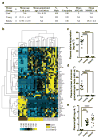
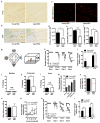

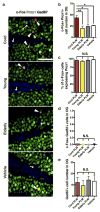
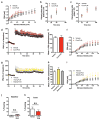




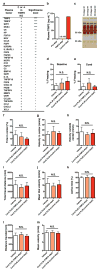




Comment in
-
Ageing: Are the secrets of healthy ageing within 'young blood'?Nat Rev Endocrinol. 2017 Jul;13(7):376. doi: 10.1038/nrendo.2017.60. Epub 2017 May 5. Nat Rev Endocrinol. 2017. PMID: 28474688 No abstract available.
-
Brain ageing: A youthful reminder.Nat Rev Neurosci. 2017 Jun;18(6):322-323. doi: 10.1038/nrn.2017.59. Epub 2017 May 11. Nat Rev Neurosci. 2017. PMID: 28490778 No abstract available.
-
Ageing: A youthful reminder.Nat Rev Drug Discov. 2017 May 31;16(6):384-385. doi: 10.1038/nrd.2017.112. Nat Rev Drug Discov. 2017. PMID: 28559551 No abstract available.
-
Ageing: Rejuvenation study stirs old memories.Nature. 2017 May 31;546(7656):33. doi: 10.1038/546033e. Nature. 2017. PMID: 28569802 No abstract available.
References
-
- Burke SN, Barnes CA. Neural plasticity in the ageing brain. Nature Rev Neurosci. 2006;7:30–40. - PubMed
-
- Cole AJ, Saffen DW, Baraban JM, Worley PF. Rapid increase of an immediate early gene messenger RNA in hippocampal neurons by synaptic NMDA receptor activation. Nature. 1989;340:474–476. - PubMed
-
- Dragunow M, et al. Long-term potentiation and the induction of c-fos mRNA and proteins in the dentate gyrus of unanesthetized rats. Neurosci Lett. 1989;101:274–280. - PubMed
-
- Jones MW, et al. A requirement for the immediate early gene Zif268 in the expression of late LTP and long-term memories. Nature Neurosci. 2001;4:289–296. - PubMed
Publication types
MeSH terms
Substances
Grants and funding
LinkOut - more resources
Full Text Sources
Other Literature Sources
Medical
Molecular Biology Databases
Miscellaneous

